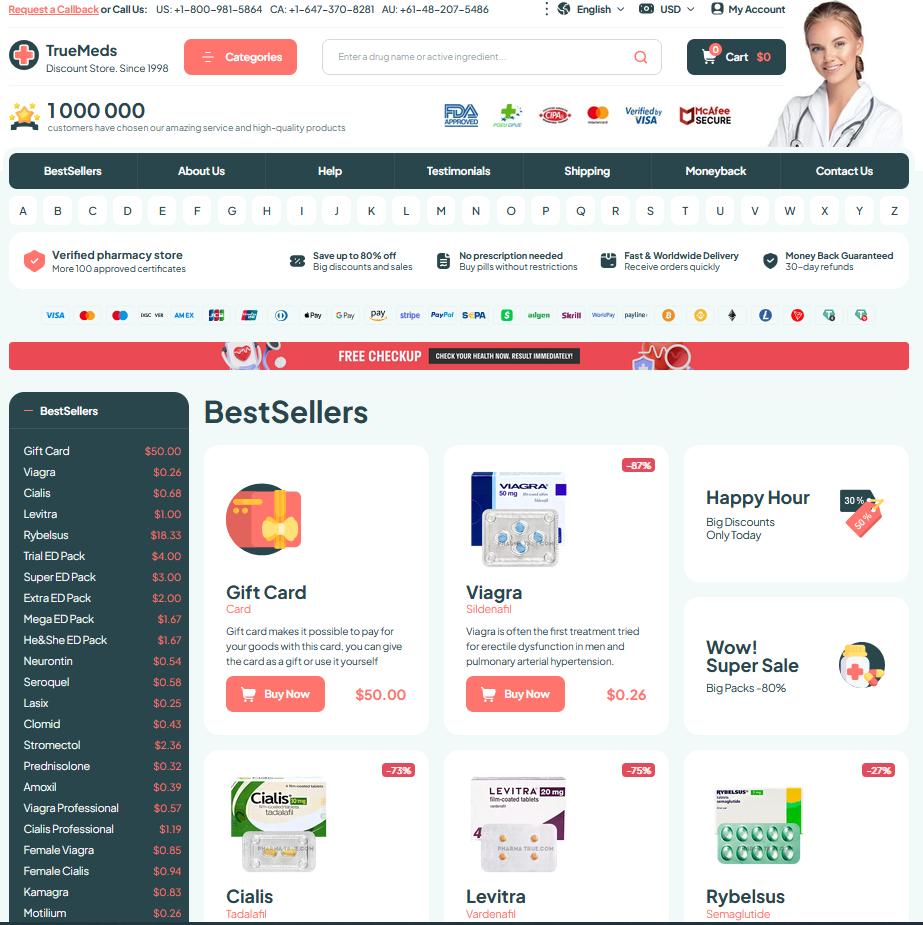Click HERE To Buy Iverheal Online ↓
 Iverheal Vs. Alternatives: Pros and Cons
Iverheal Vs. Alternatives: Pros and Cons
Efficacy Comparison: Clinical Results and Evidence
Clinical trials show different outcomes: Iverheal demonstrated faster parasite clearance in randomized studies, while alternatives often have larger datasets supporting varied indications and dosing strategies.
Head-to-head comparisons are scarce, but meta-analyses suggest effectiveness depends on timing, severity, and combination therapy; alternatives outperform monotherapy in robust, multi-center trials.
Real-world observational studies sometimes contradict trial results: adherence, comorbidities, and resistance patterns change efficacy estimates, highlighting need for larger pragmatic trials to inform comparative effectiveness.
When choosing, clinicians weigh quality of evidence, effect size, safety, and population-specific data; systematic reviews and guideline endorsements remain crucial to decide whether Iverheal or other options better suit patients.
| Study | Outcome |
|---|---|
| Small RCT | Faster clearance |
| Meta analysis | Mixed results |
| Notes | Heterogeneity present |
Safety Profiles: Side Effects and Risk Differences

When patients compare iverheal with alternatives, stories often highlight different side-effect patterns: mild, transient symptoms like nausea or dizziness with one option, versus rarer but serious reactions reported with others. Clinicians balance common tolerability against low-frequency severe events.
Risk differences can hinge on dose, duration, drug interactions and patient factors such as age or liver function. Trials and pharmacovigilance data reveal patterns: some agents show predictable, dose-related adverse effects; others produce idiosyncratic reactions that challenge routine monitoring.
Practical guidance blends narrative and evidence: report new symptoms promptly, check interactions before starting treatment, and personalize choice based on comorbidity and monitoring capacity. Transparent informed consent about potential harms helps patients weigh iverheal against competing options safely.
Cost and Access: Affordability Versus Availability Factors
Price often dictates choice: iverheal may be cheaper than newer branded alternatives, but out-of-pocket costs vary with insurance, dosage, and packaging. Generic competition can lower prices, yet coupons and bulk purchases sometimes shift the balance toward otherwise costlier options.
Access gaps matter: regional stockouts, supply-chain disruptions, and local formulary restrictions can make iverheal hard to obtain despite low cost. Mail-order pharmacies and telehealth prescriptions improve reach, but rural areas and low-resource clinics often face persistent shortages overall.
Patients should weigh total cost, including prescription price, travel, time off work, and required monitoring, when choosing therapy. Discuss generics, therapeutic equivalents, and patient-assistance programs with clinicians; being proactive often yields the best balance between affordability and access.
Real-world Use: Patient Experiences and Outcomes

A patient recalled relief within days after switching to iverheal, describing renewed energy and clearer symptom control. Emotional relief often accompanies physical gains, though results are personal and unpredictable.
Community forums and small observational studies report varied results: many users experience meaningful improvement and resumed daily activities, while others report little change or intermittent adverse effects. Reports emphasize the need for clearer follow-up.
Healthcare providers recommend combining patient narratives with monitoring data—symptom charts, lab checks, and side effect logs—to assess effectiveness and personalize therapy while contributing real-world evidence. Careful documentation.
Regulatory Status: Approvals, Guidelines, and Controversies
A patchwork of approvals and shifting guidelines frames the story of iverheal, with some regulators citing limited evidence while others permit restricted use in specific conditions.
Advisory panels emphasize randomized trials before broad adoption, yet compassionate use clauses and emergency authorizations have produced exceptions, fueling public confusion and heated debates about appropriate prescribing in several jurisdictions.
Guideline committees often advise use only within trials or registries, and post-marketing surveillance is urged to clarify long-term safety, particularly where off-label prescriptions proliferate, and independent replication encouraged globally.
Clinicians must balance evolving approvals with individual patient needs; shared decision-making, clear informed consent, and careful monitoring bridge regulatory uncertainty and real-world care to protect patients while collecting outcomes data.
Making the Choice: Practical Recommendations for Readers
Start by weighing clinical evidence, safety, and personal health needs. If regulated guidelines support Iverheal for your condition and your clinician endorses it, its convenience and familiarity can be decisive. Otherwise, consider better-studied alternatives with clearer risk profiles.
Ask your provider about documented benefits, typical adverse events, and drug interactions. Seek second opinions when evidence is mixed. Prioritize treatments with transparent dosing, monitoring plans, and post-treatment follow-up to manage unexpected side effects.
Balance cost, access, and lived experience; cheaper is not always safer. If you choose Iverheal, document outcomes and report adverse events to inform others. Consult reliable guidance before starting and discuss alternatives with your clinician as needed: WHO ivermectin guidance PubMed ivermectin research



